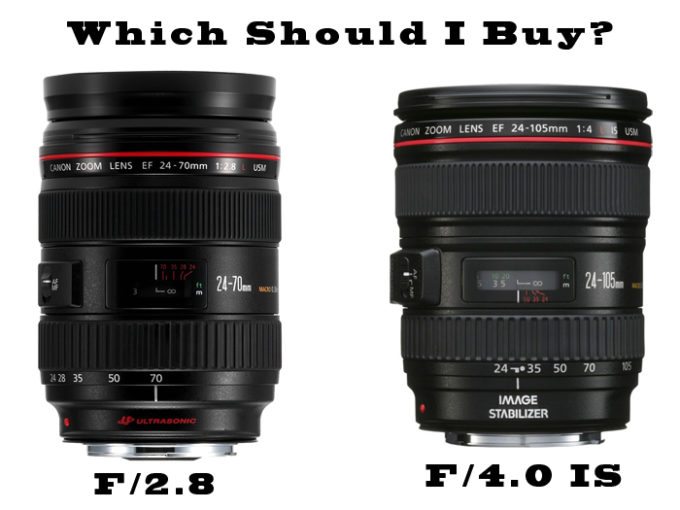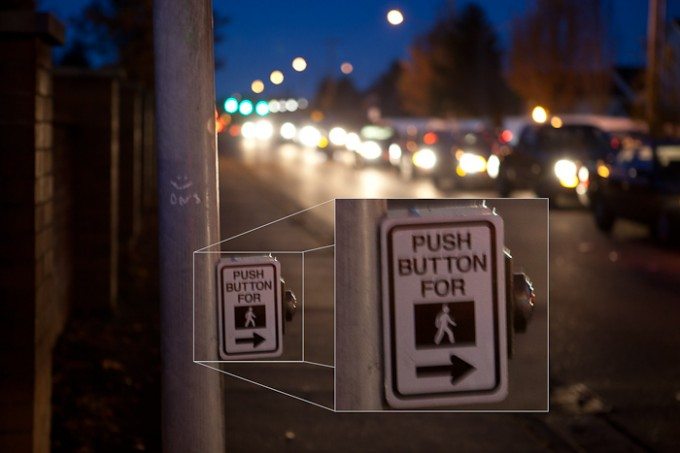

No upgrade to optical design -No improvement in stabilizationĪt a glance, you’d be hard pressed to spot any difference in Canon’s latest Mark III edition of its 70-200mm f/2.8 lens from its Mark II predecessor. But bear in mind that this Tamron is considerably less expensive than the latest Canon 70-200mm f/2.8, and the choice is clear. Image quality is absolutely on a par with Canon's EF 70-200mm f/2.8L IS III USM, with similarly impressive sharpness and contrast at all zoom and aperture settings, along with minimal distortions and colour fringing. As claimed, autofocus is very fast and operates with excellent precision. The lens is noticeably smaller and about 300g lighter than the Sigma, and has a more typical 77mm filter thread.
Aperture 3.5 vs 2.8 full#
Along with a full set of weather-seals, the lens has a fluorine coating on the front element. The autofocus system is uprated for faster, more accurate performance, and the VC (Vibration Compensation) system has three switchable modes and up to 5-stop effectiveness. The Tamron G2’s optical design has been refined to increase sharpness and contrast, while reducing colour fringing, ghosting and flare. Not quite as sharp as rival Sigma lens -VC could be better when panning

Autofocus is rapid and consistently accurate, and while stabilization isn’t quite as effective as in Tamron's rival SP 70-200mm f/2.8 Di VC USD G2 lens for static shots, it proved better for panning during our tests. Optical performance is outstanding, with sharpness and contrast being fabulous across the entire zoom range, even when shooting at f/2.8. The new optical stabilizer has switchable static and panning modes, the latter working in landscape, portrait and even diagonally. The design also features three AF-stop buttons, with the option of use as AF-on buttons via custom functions menus in enthusiast/pro grade cameras.
Aperture 3.5 vs 2.8 manual#
The autofocus system can be switched to Auto-Priority or Manual-Priority modes, the latter enabling manual override even in AI Servo autofocus mode. There’s also a well-rounded aperture, based on 11 diaphragm blades. The new optical path features 24 elements in 22 groups, incorporating nine FLD elements and one SLD element.

This new 70-200mm lens from Sigma has been redesigned from the ground up. Canon and Nikon DSLRs come in full frame and APS-C versions where the smaller cameras can use the same full frame lenses as the larger ones, and this applies to Sony FE and Sony E cameras too.

They are both lighter and less expensive, and as camera sensors and processing improve, the loss of one f-stop in maximum aperture is a small price to pay for the extra portability.ħ0-200mm telephotos are invariably designed for full frame cameras, but with most brands you can use them on APS-C format cameras too. However, 70-200mm f/4 lenses are also becoming popular. The classic configuration is a 70-200mm f/2.8, and this is still the best choice if you can afford it. Supremely versatile, this class of telephoto will serve you just as well at a wedding shoot as it will courtside at your local basketball game. For pros, this telephoto reach with a fast and constant aperture is ideal not only for freezing the action with fast shutter speeds, but also for rendering a shallow depth of field.


 0 kommentar(er)
0 kommentar(er)
